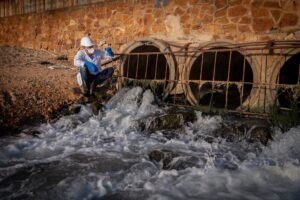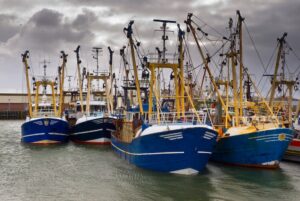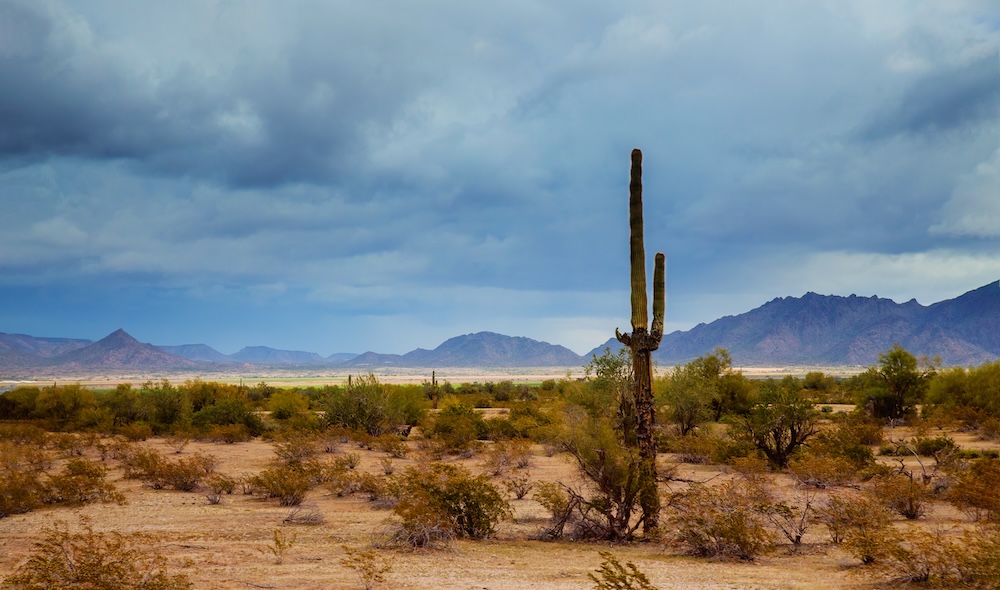Arizona has become a symbol of the American West’s water crisis. Headlines warn of dwindling supplies, dried-up rivers, and entire communities running out of water. But is the state really on the brink of running dry? The truth is more complex. While the taps in Phoenix and Tucson aren’t shutting off tomorrow, Arizona’s long-term water security is under mounting pressure from climate change, overuse, and political gridlock. The next few decades will determine whether the state can adapt—or whether parts of it will face crisis-level shortages.
Ever heard of an atmospheric water generator? Read about it here: Atmospheric Water Generator Explained — What It Is and How It Works.
Understanding Arizona’s Water Sources
Arizona’s water supply is a mix of surface water, groundwater, and reclaimed water. The largest share comes from:
- Colorado River water (about 36% of total supply) transported through the Central Arizona Project (CAP) canal system
- Groundwater (around 41%) tapped from underground aquifers
- In-state rivers and streams such as the Salt and Verde Rivers
- Reclaimed water and small amounts of imported groundwater
Each of these sources faces its own challenges, and together they paint a picture of a system under stress.
The Colorado River Crisis
The Colorado River is the lifeblood of Arizona’s cities and farms, but it is also one of the most over-allocated waterways in the world. Years of drought and reduced snowpack have cut flows dramatically. In 2021, the federal government declared a Tier 1 shortage for the first time, triggering an 18% reduction in Arizona’s annual allocation.
Reservoirs like Lake Mead and Lake Powell have fallen to historic lows, threatening not just Arizona’s supply but also hydropower production and downstream ecosystems. Climate models predict even more volatile water availability in the coming decades.
The Groundwater Puzzle
Groundwater is Arizona’s safety net, especially in drought years—but it’s far from an infinite resource. In regulated Active Management Areas (AMAs) such as Phoenix, Tucson, and Prescott, pumping is monitored and offset by recharge projects. However, in rural areas outside AMAs, groundwater extraction is largely unregulated, leading to aquifer depletion.
Groundwater banking programs have stored millions of acre-feet underground for future use, but overdraft in agricultural regions is happening faster than recharge efforts can keep up.
Policy and Planning Efforts
Arizona’s 100-Year Assured Water Supply rule requires developers to prove that water will be available for a century before building new subdivisions in certain areas. This has slowed growth in water-stressed regions, but it hasn’t stopped all unsustainable development.
Other measures include importing water from the Harquahala Basin and exploring large-scale desalination projects. Yet these proposals often face political pushback, high costs, and environmental trade-offs.
Sectors Driving Demand
Water demand in Arizona is heavily shaped by how it’s used:
- Agriculture consumes roughly 70% of the state’s water, much of it for water-intensive crops like alfalfa, cotton, and pecans.
- Urban consumption in Phoenix, Tucson, and other metropolitan areas accounts for a smaller share, but growing populations are adding pressure.
- Industry and manufacturing also contribute to demand, with data centers and semiconductor plants drawing significant amounts of water.
Is Arizona Really Running Out of Water?
Arizona isn’t literally “out of water,” but the state is over-drawing from both surface and groundwater reserves. Municipal systems in most cities remain stable thanks to diversified supplies and long-term planning. The real risk lies in rural areas, agricultural zones, and communities heavily dependent on the Colorado River.
Without reform, the combination of shrinking supplies and rising demand could push some areas into crisis within a generation.
Solutions on the Horizon
Addressing Arizona’s water challenge will require a multi-pronged approach:
- Smarter irrigation techniques such as drip systems and soil moisture sensors
- Crop switching to reduce dependence on high-water-demand crops
- Expanding water recycling to stretch supplies further
- Tighter groundwater regulation in currently unregulated areas
- Exploring new supply sources such as desalination, though these should be weighed carefully against environmental and cost concerns
Final Thoughts
Arizona’s water crisis is not an overnight catastrophe—it’s a slow-moving challenge with a narrow window for action. The state has the technology, policy tools, and expertise to secure its future water needs, but it will require coordinated effort and political will. Water is life in the desert, and the choices made today will decide whether Arizona thrives or struggles in the decades ahead.









Reader Interactions